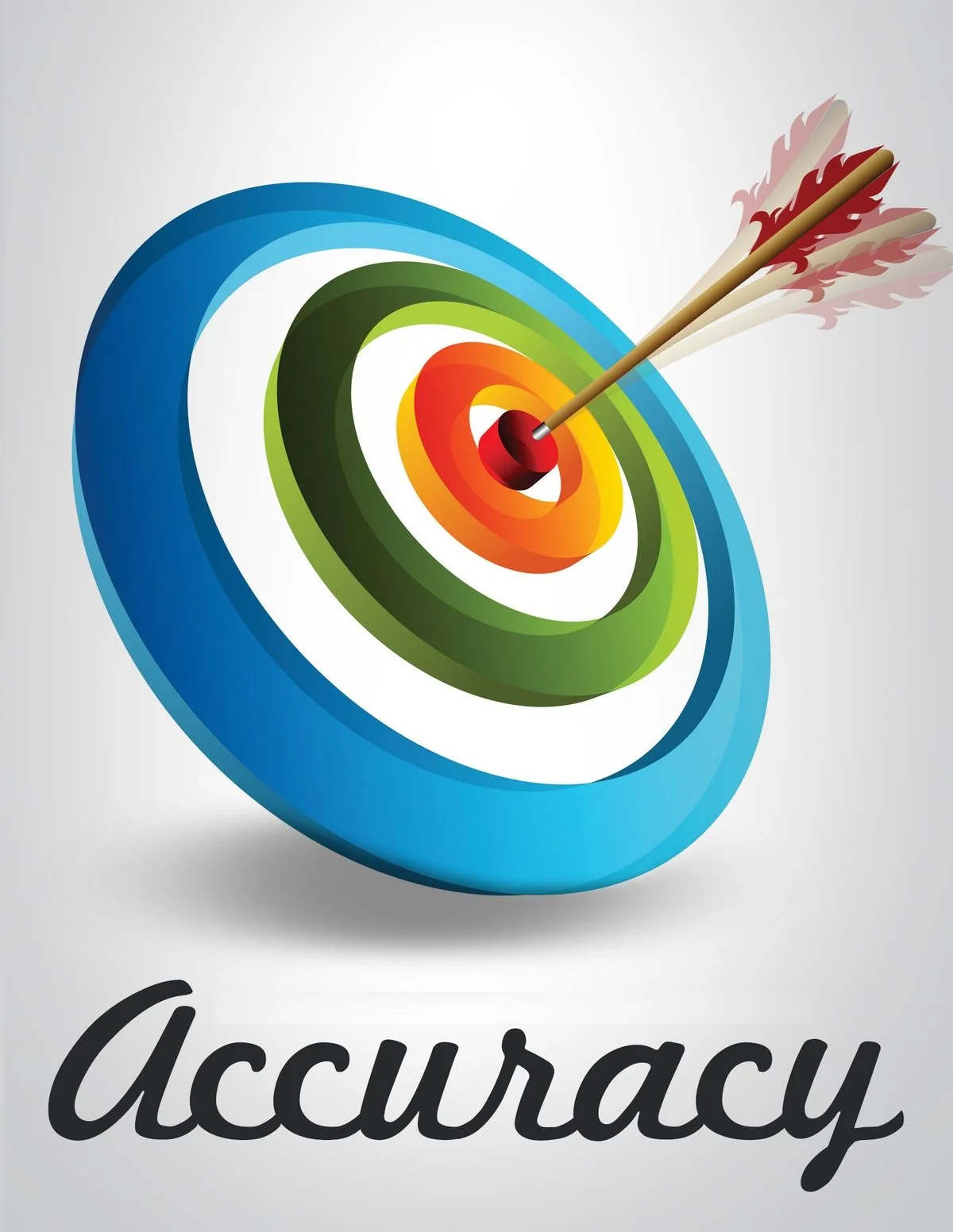Is Digital Pattern the next, best move for your business?
Many of our clients ask us to help them determine the Return on Investment (ROI) prior to making the transition to digital. With their help we’ve been able to put together a simple, 3-Step approach to address this concern.
Step 1. Capture the time costs of your current process
Before installing the software or running tests, the evaluation process starts by answering a few questions about your business needs, as well as your current process and typical bottlenecks. While there are many areas that can be review, three key questions help size the current state:
1. Volume: How many Patterns do you typically need to create in a month?
2. Patterning Time: How long does it take to create an initial rough pattern? (hrs)
3. Rework Time: How much time do you spend re-working the pattern until it fits? (hrs)
4. Labor Costs: What are the typical or average hour’y wages for the people involved in patterning making.
Current workflows for textile products (furniture, marine canvas, auto interiors, etc…) automate design and manufacturing but typically include a manual and profit-consuming “Gap” in the middle portion of the process.
Step 2. Calculate the current monthly Patterning Time and Cost
Armed with these answers, the next step is to use your data to calculate a baseline for current monthly pattern making process time and costs. The following process is used to complete this calculation:
Add together the Pattern Making time and the Pattern Rework time
Multiply the time by the number of patterns per month. This is the total time per month creating patterns
Multiply the total time by your Labor or Wages to get a Monthly Cost for your Current Pattern Making Process. Different people might be involved so an average cost is fine.
With Digital Patterning, the 2D patterns and production drawings are generated directly from the 3D design files and then shared seamlessly with the automated production equipment (i.e. textile printer, cutters and sewing/bonding machines). The time savings are dramatic.
Step 3. Determine the savings with ExactFlat
The final step is to calculate the savings your company can expect from a move from manual pattern making to an automated process.
When transitioning to dedicated digital patterning solutions such as ExactFlat, you can safely assume that:
Pattern Making time will be cut in half
Pattern Rework time will be virtually eliminated
Making the transition to digital and closing the design to manufacturing automation gap shortens production cycles from days to hours. The cost to implement digital patterning solutions such as ExactFlat are typically recovered on the first project. Click on the image to calculate the benefits for your business.
The brief example above shows that the annual savings (as much as $13,000 per year in this case) justify the benefit of switching to a digital patterning process with ExactFlat.
This is a conservative estimate of the benefits. In addition to the time and labor cost saving, potential material cost savings are derived from the fact that you no longer need to cut and sew as many prototypes to do fit testing.
Start your evaluation today
Do your customers demand custom products and garments? Are your textile products designed to be even more appealing by using complex 3D shapes? If so, then closing the automation gap and optimizing the 3D to 2D conversion process is a requirement for improved delivery time and profitability.
Click on the link below and set up a time to speak with one of our experts. We’ll review the process, benefits and ROI of making the transition to digital in your business.










